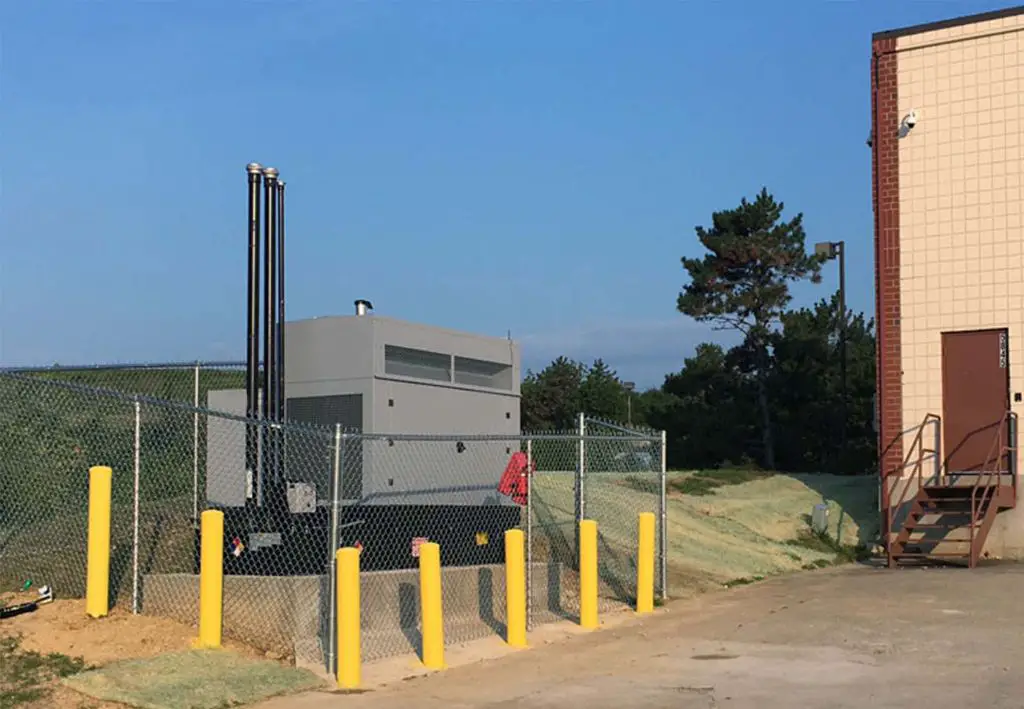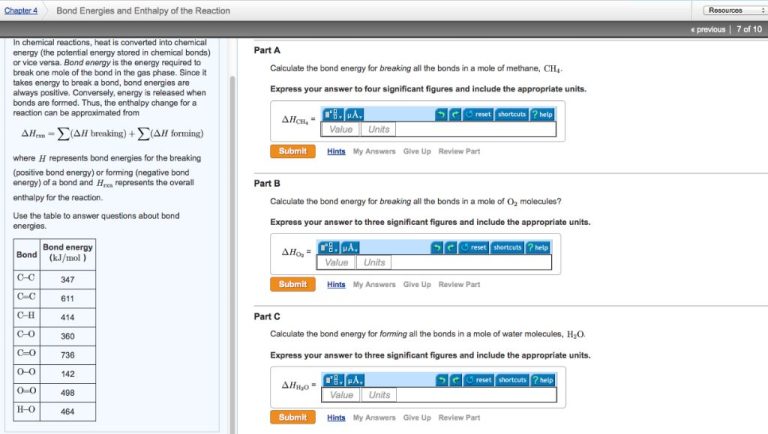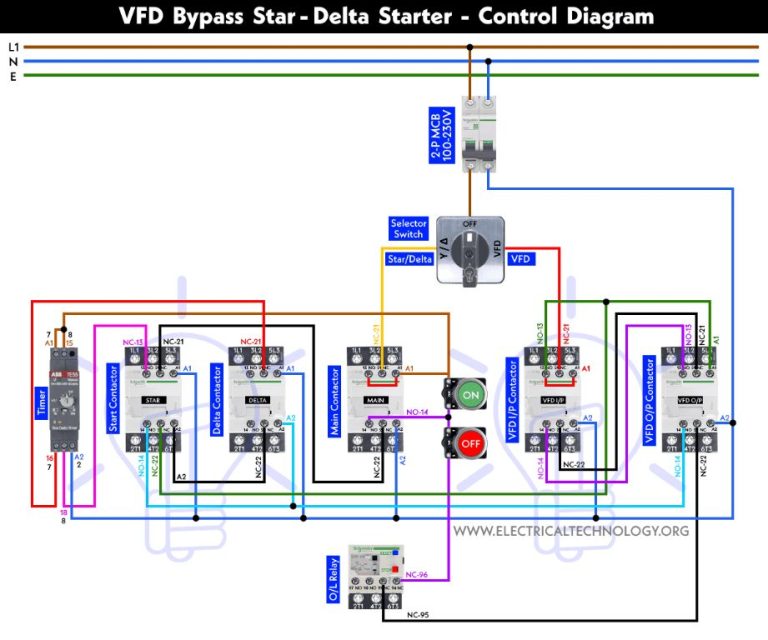Will A 17Kw Generator Run A House?
Typical Household Power Usage
The average US household uses about 900 kWh of electricity per month. This equates to roughly 30 kWh per day. However, usage is not constant and can vary widely based on the time of day and season.
There are peaks and valleys in electricity demand throughout the day. In the morning when people are getting ready for work, electricity use spikes as lights, coffee makers, and other appliances are turned on. During the middle of the day, overall demand decreases, then rises again in the evening when people return home and resume using appliances and electronics.
Air conditioning is one of the biggest drivers of seasonal spikes in electricity use during the summer. Central AC units can draw 3,500-5,000 watts of power. In hot climates, monthly electricity use may double or even triple in the summer compared to milder weather when AC is not needed.
Other large appliances such as refrigerators, electric oven/ranges, clothes dryers and electric water heaters have power draws of 1,500 to 5,000 watts. Running multiple high-wattage appliances at the same time can create a surge in power demand.
Generator Sizing Principles
When selecting a generator, it’s important to understand the difference between operating capacity and surge capacity. The operating capacity refers to the continuous power output a generator can produce, while surge capacity describes brief periods of higher power usage when starting devices like motors, pumps or compressors.
Most experts recommend allowing a buffer of 20-30% extra capacity above your estimated power requirements. This headroom allows for potential surges and future increases in electrical demand. Undersizing your generator can lead to overload and damage when trying to operate too many devices simultaneously.
Carefully evaluating your home’s critical circuits and appliances will help determine the right size generator. Creating an electrical inventory and load list is key. While a 17kW generator may work for some households, those with larger homes or several power-hungry devices may require 22-25kW for safe, reliable backup power. Right-sizing your generator is essential to avoid overload while maximizing utility.
17kW Generator Capabilities
When selecting a generator, it’s important to understand the continuous and surge wattage capabilities. Continuous wattage refers to the sustained power output the generator can provide for extended periods of time, while surge wattage indicates the maximum power available for starting motors or briefly operating appliances with high startup power requirements.
A 17kW generator will typically provide around 15-17kW of continuous power. However, it’s surge capacity will be higher, often in the 20-22kW range for several seconds. This allows it to start larger motors and handle temporary peak loads.
In terms of voltage, a 17kW generator will usually output 240V while operating on natural gas or propane. If powered by gasoline, it may output 120V or 240V depending on the configuration. Most 17kW models will be single phase, but larger 3-phase models do exist for commercial and industrial applications.
Current rating is also an important specification to consider. At 240V, a 17kW generator can supply around 70 amps continuously. Higher surge current will be available when starting motors or appliances.
For fuel, most 17kW home standby generators run on natural gas or propane, leveraging existing utility connections. This provides automatic, unlimited runtime. However, 17kW portable models are also available that operate on gasoline or diesel fuel if utility gas is unavailable.
Fuel consumption will depend on the generator’s load. At full 17kW output on natural gas, consumption may be around 180-200 cubic feet per hour. A 17kW gasoline generator may consume 1.5-2 gallons per hour under typical home loads.
Running Essential Circuits
With a 17kW generator, you’ll need to be strategic about which appliances and devices you run at the same time. Focus on powering only critical household loads to avoid generator overload.
Critical loads include the refrigerator, some lights, well pump, furnace/AC (if sized appropriately), and select outlets. Avoid high-draw appliances like electric stoves, ovens, clothes dryers, and electric water heaters – these should remain off.
Installing a manual or automatic transfer switch is highly recommended for generator connections. Transfer switches allow you to safely power select circuits in your home’s electrical panel and prevent backfeed into utility lines during an outage.
Carefully survey your critical loads and utilize your transfer switch to link only essential circuits to the 17kW generator. Non-critical loads will need to wait until utility power is restored.
Operating Sensitive Electronics
When relying on a generator to power your home, it’s important to consider your sensitive electronics like TVs, computers, and appliances. These devices require clean, stable electrical power to avoid damage.
Inverter generators provide clean sine wave power with excellent voltage regulation, similar to grid power. This stable power protects sensitive electronics from damage caused by voltage spikes, drops, or distortion.
Non-inverter generators can produce dirty power with fluctuations and harmonics that can fry electronics. The voltage regulation is also poor, leading to spikes and drops when appliances turn on and off.
By choosing an inverter generator sized properly for your home’s demand, you can safely power your essentials without worrying about harming your sensitive equipment. Look for inverter generators with features like automatic voltage regulation and low total harmonic distortion.
It’s also a good idea to add a dedicated UPS (uninterruptible power supply) for expensive electronics like computers and home theater systems. The UPS acts as a power conditioner and provides backup power if the generator has any hiccups.
With the right generator and safeguards, you can keep your home electronics running smoothly during outages.
Home Energy Audit
Before determining if a 17kW generator is sufficient to power your home, it’s important to conduct a home energy audit. This involves evaluating your total electrical load and creating an inventory of all essential appliances and devices. Here’s how to perform a home energy audit to calculate your necessary generator capacity:
First, make a list of all electrical devices and appliances in your home. For each one, note the wattage listed on the device nameplate or manual. If it shows amps instead of watts, multiply the amps by 120 (volts) to determine watts. Add up the wattage for all essential items you need to run during a power outage.
Next, consider when each device is likely to be in use. Some may overlap, like the refrigerator always running with occasionally switching on lights or entertainment. But large loads like electric oven, electric hot water heater, and washer/dryer are not used constantly. Calculate expected simultaneous loads.
Finally, factor in starting surge watts for items like refrigerators, freezers and air conditioners. Their starting load can be 3-7 times the rated watts before dropping down. A 2,000 watt generator can handle a 1,500 watt starting surge. Add up your total running and starting watts to determine the generator capacity needed.
Conducting a thorough home energy audit will reveal your actual necessary generator size to power essentials. This ensures you don’t purchase an undersized generator that leaves you in the dark.
Improve Home Energy Efficiency
One of the best ways to reduce your home’s energy consumption is by improving efficiency. There are several steps you can take:
- Replace old appliances with ENERGY STAR models. Look for refrigerators, dishwashers, washing machines, and dryers with the ENERGY STAR label. These use 15-30% less energy on average.
- Switch to LED lightbulbs throughout your home. LED bulbs use at least 75% less energy and last 25 times longer than incandescent bulbs.
- Seal air leaks and add insulation. Prevent drafts by weather stripping doors and windows and sealing cracks. Increase attic insulation to recommended levels.
- Adjust thermostat settings. In winter, set thermostat to 68°F or lower during the day and even lower at night. In summer, keep it at 78°F or higher.
- Use power strips. Plug electronics into power strips and turn off when not in use to avoid phantom load.
- Wash clothes in cold water. Over 90% of the energy used by a washing machine goes to water heating.
- Take shorter showers. Cutting showers by just 1-2 minutes can save hundreds of gallons of hot water per month.
Making your home more energy efficient reduces the load on your electrical system. This allows a smaller generator to power more of your home’s needs.
Supplementing with Solar
Combining a generator with solar power and battery storage creates a robust home energy system. This hybrid approach balances the strengths of each technology.
Solar panels generate clean, renewable daytime energy that gets stored in batteries. This stored solar energy can power the home at night or during a power outage, reducing reliance on the backup generator.
Adding even a small solar system can make a big difference. Solar panels on the roof with batteries in the garage create daytime energy that supplements the generator. The generator won’t have to run as much thanks to stored solar energy.
Net metering programs allow any excess solar power to be sent back to the grid. When the generator runs, it can power both the home’s needs and recharge the batteries. This cycle of sharing power makes the system more efficient and resilient.
By integrating solar, batteries and a backup generator, homeowners can create a comprehensive energy solution. The solar handles daytime loads, batteries store energy for nighttime, and the generator kicks in during extended outages or periods of heavy use. Together they provide reliable power around the clock.
Installation and Maintenance
Adequately preparing your home and generator for emergency power is crucial. Proper installation and regular maintenance will ensure your generator performs when you need it most.
When installing your generator, carefully consider its location. It should be kept outdoors in a well-ventilated area, safely away from doors, windows, and vents that could allow deadly carbon monoxide into your home. Check your city codes for any restrictions on generator placement and operation.

Gasoline and diesel have a short shelf life, so maintaining a fresh fuel supply is critical. Keep only enough fuel on hand for one month’s use, rotating your stock by adding new fuel and running the older fuel through your car or equipment. Stabilizing additives can also help extend fuel life up to 2 years.
Test your generator monthly by running it at 50% capacity for 30 minutes under load. Check that all connections are tight. Inspect air, oil, and fuel filters regularly. Change oil and spark plugs as specified by the manufacturer. Keep an owner’s manual handy along with basic tools and spare parts like fuses, plugs, and belts.
Taking the proper installation and maintenance steps will ensure your generator is ready to provide backup power whenever severe weather or grid failures put your home in the dark.
Summary
To recap, a typical household uses between 5-15kW of power on average, with occasional spikes for large appliances up to 17kW or more. For continuous powering of an entire house, an appropriately sized generator would need to provide at least the household’s typical usage. Though a 17kW generator exceeds typical usage, it likely cannot handle occasional large spikes above its continuous rating. It may be able to power essential circuits like lights, refrigerator and select appliances simultaneously. But sensitive electronics may be disrupted unless protected by a UPS. To run an entire house, energy efficiency measures can reduce demand, while distributed solar generation can supplement the generator.
In conclusion, a 17kW generator can partially power a household by itself, but likely needs efficiency and solar enhancements for fully continuous, quality electrical supply comparable to utility grid connection.





